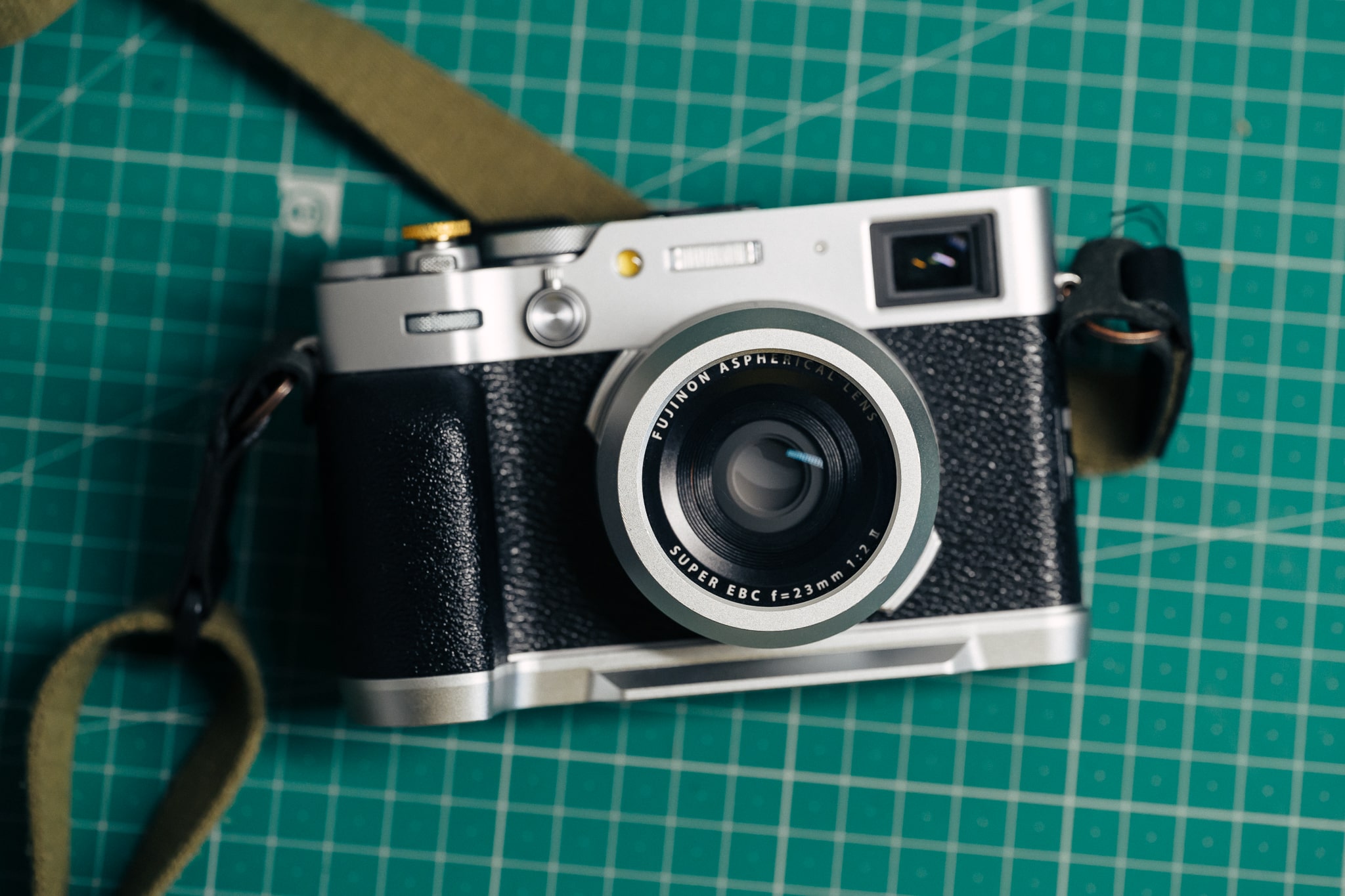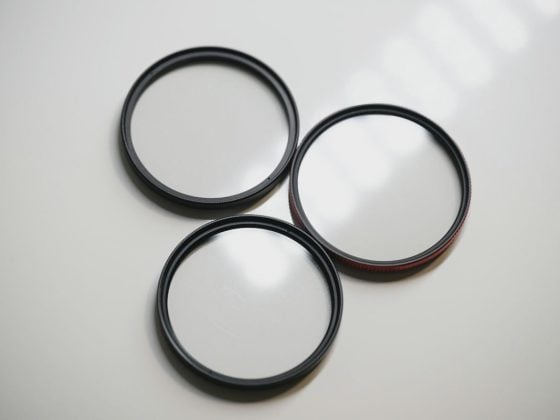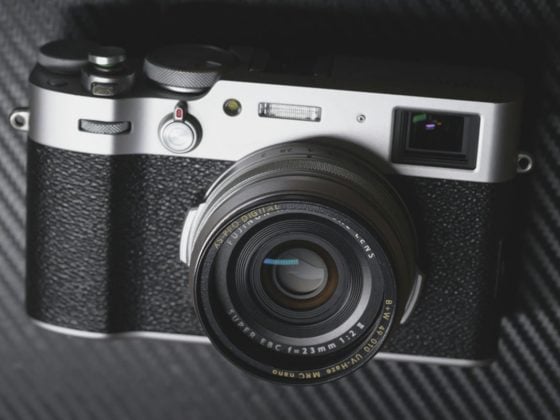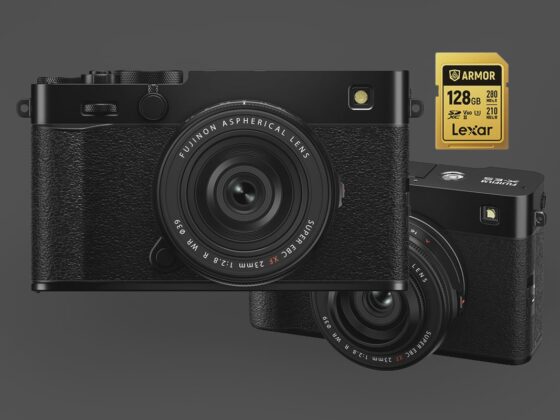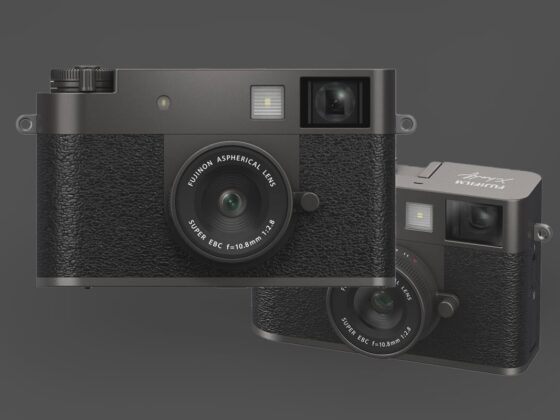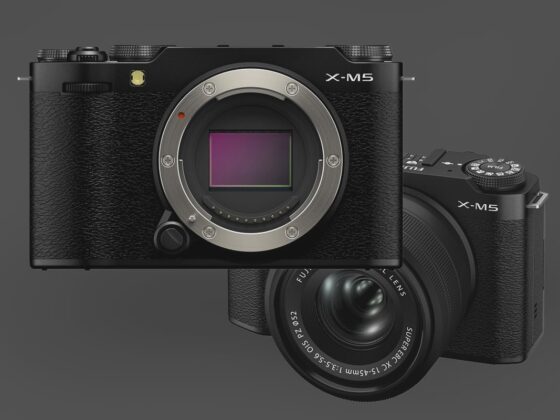The Fujifilm X100VI features a single SD card slot that is UHS-I only. Believe it or not, UHS-I cards are fast enough to support 6K 200Mbps videos, as long as they are rated with the V30 or U3 speed class.
Since Fujifilm moved up to a 40MP sensor, I recommend 128GB cards as a starting point.
Fujifilm X100VI – Amazon / B&H
Here are the best memory cards for the Fujifilm X100VI.
Top 5 Best SD Cards Fujifilm X100VI
A few great brands are producing UHS-I cards that I trust and recommend, having benchmarked cards in cameras for over a decade. These UHS-I cards have the new and faster 160MB-200MB/s read speeds technology.
I’ll start with the Sony E-cards as my first recommendation. They are technically UHS-II cards, but they feature write speeds similar to those of UHS-I cards, with much faster read speeds. This brings the cost down very close to the price of the best UHS-I SD cards, but offers all the benefits of UHS-II when it comes to PC transfer speeds. Of course, if you don’t have a UHS-II reader, there’s no point in bothering.
Sony E UHS-II 128GB SD Card

The Sony SF-E Series is a UHS-II v60 SDXC Memory Card from Sony.
Rated Write Speed: 100MB/s
Rated Read Speed: 270MB/s
Rated Sustain: 60MB/s
Note: SD memory cards have various performance specifications that differ depending on their capacity. Typically, cards with a capacity smaller than 128GB do not perform as well as those with a capacity of 128GB or larger, which is another reason to use 128GB cards or larger for the X100VI.
Moving on to the standard UHS-I cards, the Lexar Silver series shows some of the fastest write speeds when testing.
Lexar 1066x Silver UHS-I 128GB SD Card
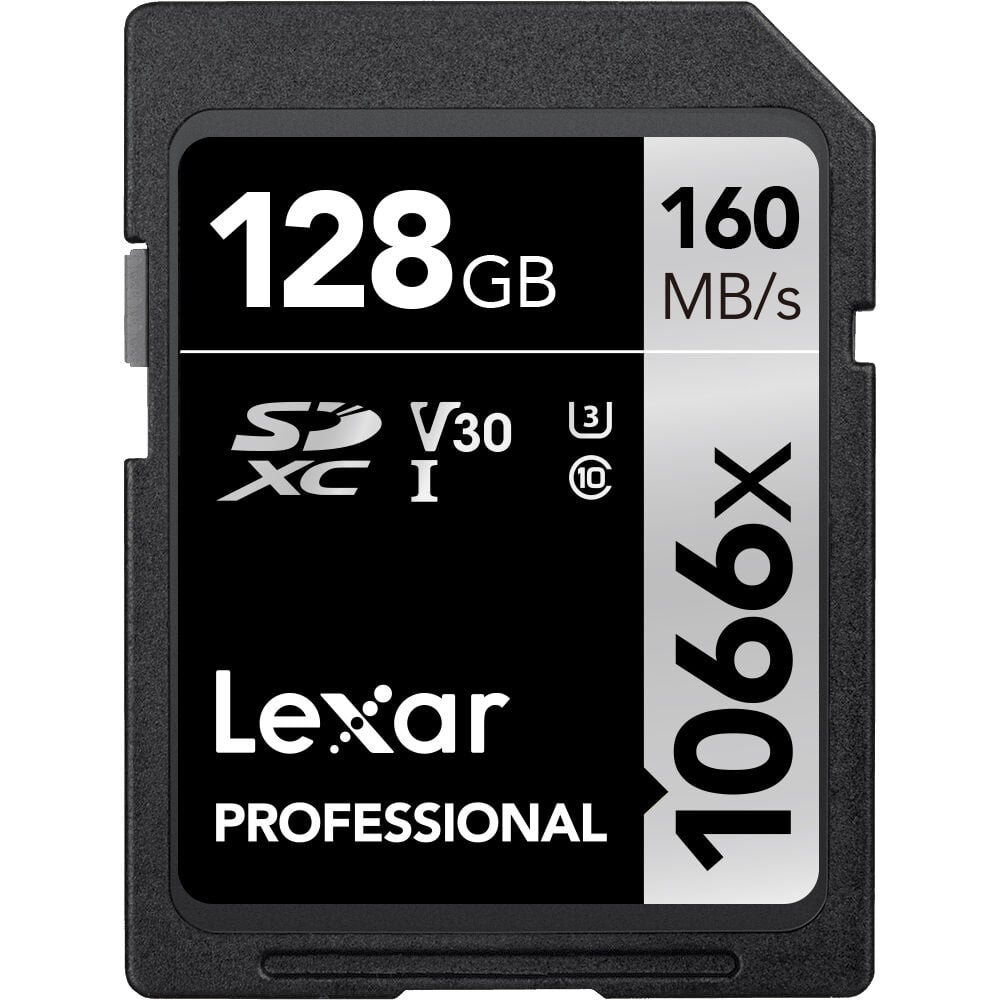
The Lexar Silver Series 1066x UHS-I SDXC memory card sizes 128GB and higher have a write speed rated at 120MB/s.
Rated Write Speed: 120MB/s
Rated Read Speed: 160MB/s
Rated Sustain: 30MB/s
SanDisk has always produced excellent UHS-I cards; these are great values.
SanDisk Extreme Pro UHS-I 128GB SD Card

The Sandisk Extreme Pro UHS-I SDXC Memory Card at 128GB is rated with a 90MB/s write speed. The 256GB and larger cards are rated at 140MB/s.
Rated Write Speed: 90MB/s
Rated Read Speed: 200MB/s
Rated Sustain: 30MB/s
Kingston is another solid brand that makes UHS-I cards. I used to use Kingston in one of my older X100 series cameras.
Kingston Canvas Go! Plus UHS-I 128GB SD Card
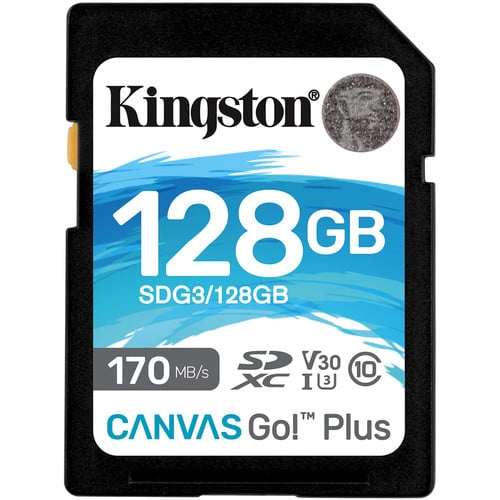
Kingston CanvasGo! Plus SDXC UHS-I SD cards 128GB or higher have a rated write speed of 90MB/s and a rated read speed of 170MB/s.
Rated Write Speed: 90MB/s
Rated Read Speed: 170MB/s
Rated Sustain: 30MB/s
Transcend has also been around for a very long time. They are less well-known for their UHS-I memory cards, but they consistently perform at the top.
Transcend Ultra 340s UHS-I 128GB SD Card
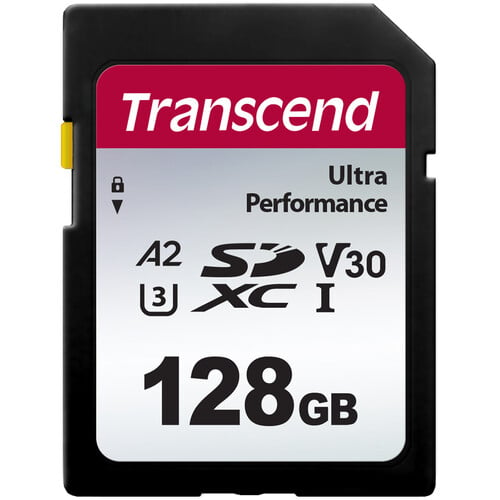
Transcend Ultra 340s UHS-I SDXC SD cards at 128GB or higher have a rated write speed of 90MB/s and a rated read speed of 160MB/s. The lower-capacity cards are slower.
Rated Write Speed: 90MB/s
Rated Read Speed: 170MB/s
Rated Sustain: 30MB/s
All these cards will offer a fairly similar performance to the Fujifilm X100VI, so be sure to buy the best deals and cards that have received good ratings. Sometimes, bad batches get released to the public, so if you start seeing a bunch of one-star reviews, avoid that card until the batch is cleared out.
Ideal SD Card for Fujifilm X100VI: Keep It Simple
No need to overcomplicate SD card choices for the Fujifilm X100VI—a UHS-I U3 card handles everything perfectly.
The X100VI records 6.2K/30p video at a max of 200 Mbps, equating to a modest 25 MB/s data rate. Compare that to the Fujifilm X-T5’s hefty 720 Mbps, and it’s clear the X100VI is less demanding.
For hybrid shooters, a UHS-I U3 card is all you need. It consistently delivers 30 MB/s, more than enough for smooth video recording. Don’t bother with V60 cards unless you’re interested in a Sony E card or need faster transfer speeds to your computer—the X100VI’s lower bitrate makes them overkill.
Using Film Simulator Will Slow Performance
If you shoot a lot of JPGs, buying the fastest memory card for the Fuji X100VI might not be as crucial, as you’ll likely encounter a processor bottleneck when using the Clarity and Grain settings. This is also the case with other cameras, such as the Fujifilm X-M5.
You also don’t need to worry about an A1 or A2 rating with UHS-I cards for cameras. That rating is only valid for running applications on handheld devices or other devices, such as the Retroid Pocket 5 or Nintendo Switch 2.
Fujifilm X100VI Memory Card Capacity
Fujifilm hasn’t specified the maximum size of cards that the X100VI can use. However, their compatibility chart only shows that they are testing SDXC cards between 64GB and 512GB in size.
The hardware in this camera can potentially handle cards up to 1-2TB, but there is no specific limit. However, if you are concerned about compatibility, limit your selection to 512GB cards as the maximum size.
Also, be sure to check out my guide to the best Accessories For The Fujifilm X100VI.
| **This website contains affiliate links. We will earn a small commission on purchases made through these links. Some of the links used in these articles will direct you to Amazon. As an Amazon Associate, I earn from qualifying purchases. |


